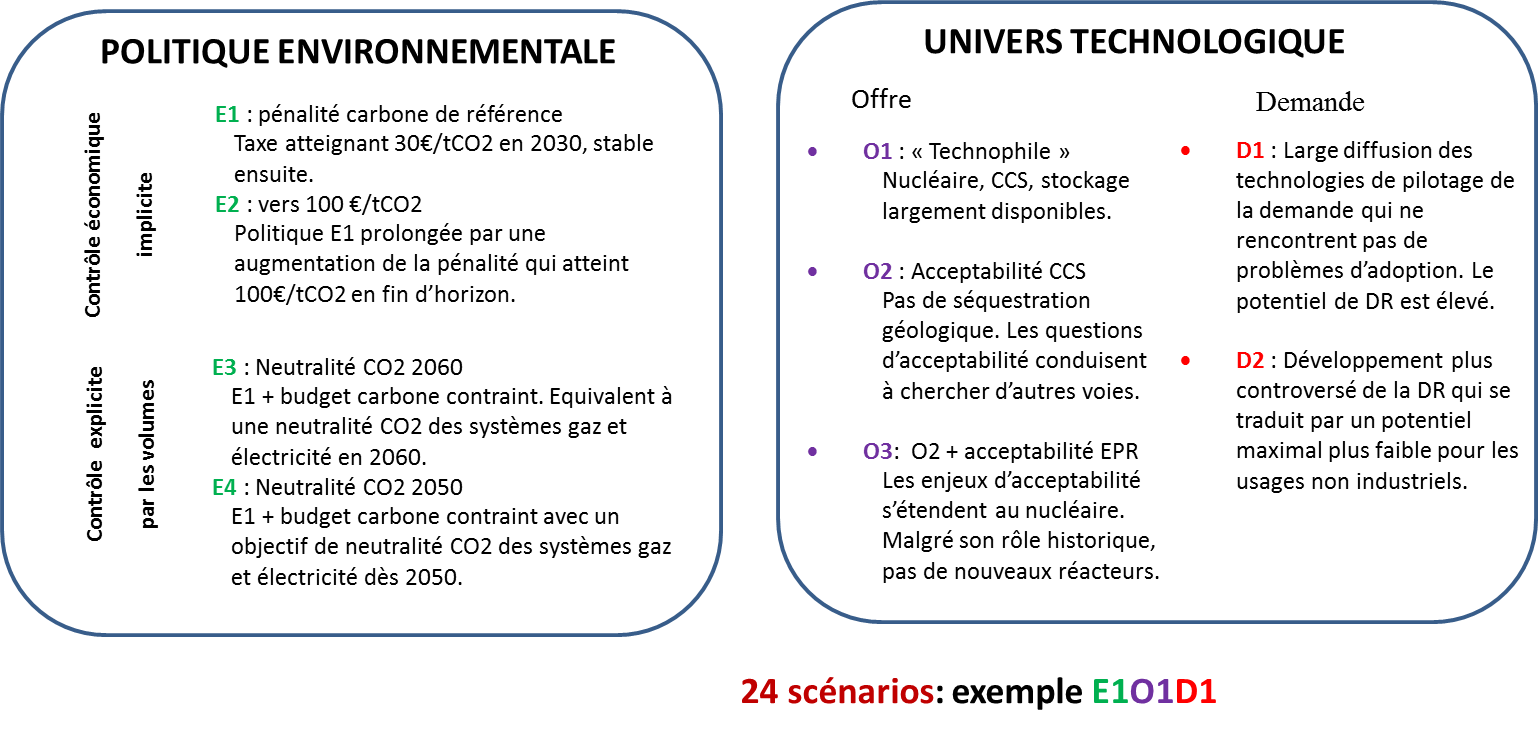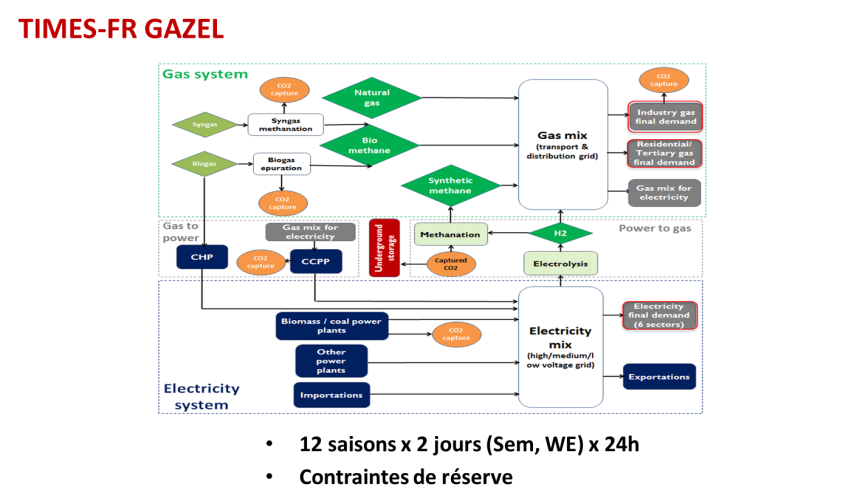The building sector alone accounts for nearly half of the total energy consumption in France, and for two thirds of the national electricity consumption. Improving the accuracy and relevance of the assessment of the environmental impacts of buildings is therefore a real challenge. The general ambition of the ACVs Énergies project is to propose methodological improvements for the life cycle analysis (ACV in French) of buildings and to encourage their adoption by implementing them in a widely distributed software tool.
The ACVs Énergies project receives funding from ADEME and is led by four partners ARMINES-CES, EIVP, ARMINES- CMA and IZUBA Énergies. This document focuses more specifically on the prospective dimension of the project and the analysis of energy systems upstream of the built ensembles. Indeed, over a 50-80 year horizon, which is that of the LCA of buildings, most of the electricity production, transformation and distribution installations will reach the end of their life and will be replaced by other means of production. In fact, a building has several electrical mixes.
The interactive visualizations on this page provide an overview of the 24 scenarios defined to date for this study. Each scenario combines two dimensions (Figure 1): the nature of environmental policy and the limits of the assumed technological universe. From a methodological point of view, the TIMES-FR GAZEL.V2 model (figure 2) has been extended for this study and used as a tool for the joint optimisation of the future trajectories of the gas and electricity systems.


LCA and prospective issues of emissions trajectories
Global dashboard: electricity mix, gas mix, installed capacity, emissions
The dashboard below allows the simultaneous exploration of the evolution trajectories of the electricity mix, the gas mix, the installed capacities and the emissions. Selecting a combination of “key dimensions” in the right-hand menu changes the graphs.


